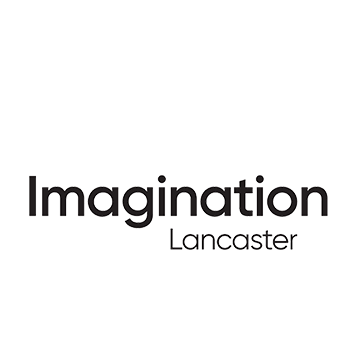The Design Research Society PoGo (Policy and Governance) Special Interest Group is pleased to announce a call for papers for an upcoming special issue of the Policy Design and Practice Journal. This is a fantastic opportunity to submit work to a cross-disciplinary journal, where we intend to showcase examples of a wide range of policy designs and practices.
Details are as follows:
Email submissions to:PoGoSIG.DRS@gmail.com
The Design for Policy and Governance Special Interest Group (PoGoSIG) of the Design Research Society (DRS) is seeking expression of interest with the submission of a short abstract no more than 500 words and selected bibliography for the following topic, due 30 January 2022 (email to . If selected the submissions will be part of a Special Issue in Policy Design and Practice entitled Design-Led Policy and Governance in Practice: A Global Perspective set to run in the 4th quarter of 2022. We are highly interested in papers that identify and highlight global hotspots where design-led policy and governance is currently being conducted.
GUEST EDITORS
• Scott Schmidt, School of Continuing Studies, Georgetown University, USA
• Dr. Marzia Mortati, Department of Design, Politecnico di Milano, Italy
TOPIC OF SPECIAL ISSUE
This Special Issue in Policy Design and Practice aims to bring together the work of both practitioners and academics to identify and highlight global hotspots where design-led policy and governance is currently being conducted.
Presently, the relationship between policy and design is very much open for debate as to how these two concepts differ, relate, and interact with one another. There exists very little agreement on their relational trajectory with one course, policy design, originating in the policy studies tradition while the other, design for policy, being founded in design studies. The former sees the need for policy to instrumentally embody a conscious design of its own making while the later holds that design is a pre-existing field of study unto itself that can be employed in accordance with policy formation (Bason, 2014; Howlett, 2019). By examining the practice of design-led policy and governance around the world this Special Issue seeks to better understand and reconcile these two perspectives.
Recently, the design research community has developed knowledge useful to manage complex processes, characterized by the participation of actors with different interests and cultures, in which the final recipients often have an active role as co-creators and co-producers (Sangiorgi & Prendiville, 2017; Mortati, et al., 2018). Innovative services and governance models are thus being explored and developed also with the help of designers within the public sector, either built from the bottom up (collaborative services) (Deserti et al., 2020) or trialing the role and relevance of new and disruptive technologies (AI, Virtual Reality, Blockchain, etc.) (Kuziemski & Misuraca, 2020).
This Special Issue pays particular attention to these new and upcoming areas of research where design disciplines and policy studies are exploring new ways toward convergence on an international scale. This involves – but is not limited to – the examination of ways in which creativity-based methodologies (i.e. co-creation and co-production) are being used in conjunction with new technologies (i.e. big data and algorithms) to deliver better policies and services. Further, the Special Issue is interested in robust examinations of ways in which – both in practice and theory – design and policymaking converge and contaminate the ways in which they can work together to address complex challenges (i.e. climate neutrality).
For this Special Issue, we envision articles related to (but not at all limited to) any of the following questions:
1. Understanding and analyzing design-led approaches, methods, and practices that create value and transformation in policymaking from agenda setting to policy formulation and evaluation
• What makes design-led approaches specific to policymaking?
• What are the different practices that designers have developed when working in policy?
• How are design-led approaches for policymaking reconciling the perspectives of government, citizens and society (i.e. participation in policymaking)?
2. Processes and organizational settings to adopt design-led approaches in policymaking
• What are the methods and processes that organizations have put in place to develop design-led public policy?
• What design skills and practices are public institutions adopting and how?
• What different competences are being integrated in policymaking teams to integrate design approaches?
• What organizational settings do public institutions (Government, Public Administration, and so on) adopt to incorporate/adopt design meaningfully and effectively?
3. Data-driven approaches and new technologies
• What role is design having in exploring the uptake of new technologies in policymaking and public service implementation?
• How is design helping complement a human approach into the typical need for quantitative evidence of Government?
• What is the specific added value that design is bringing when dealing with the adoption of new technologies to formulate and deliver public policies, especially in connection to the introduction of algorithms and machine-led public services?
CONTENT AREAS
• Case studies defining the effectiveness of design within the policy context at the local or regional level
• Phenomenological investigations into the development of design as an application for policy within a global context
• Phenomenological investigations into the use of design as a lever to deal with organizational transformation and new complex challenges (i.e., climate neutrality)
• Case studies and critical inquiry into the use of design for the uptake of new technologies (in particular Artificial Intelligence)
• Studies on the future role that education will play in the transdisciplinary connection between policy and design and what it will mean for the greater academy
• Interdisciplinary explorations on the historical relationship between design and policy from antiquity to modernity
• Methodological studies on the process of policy development when in consideration of design principles
